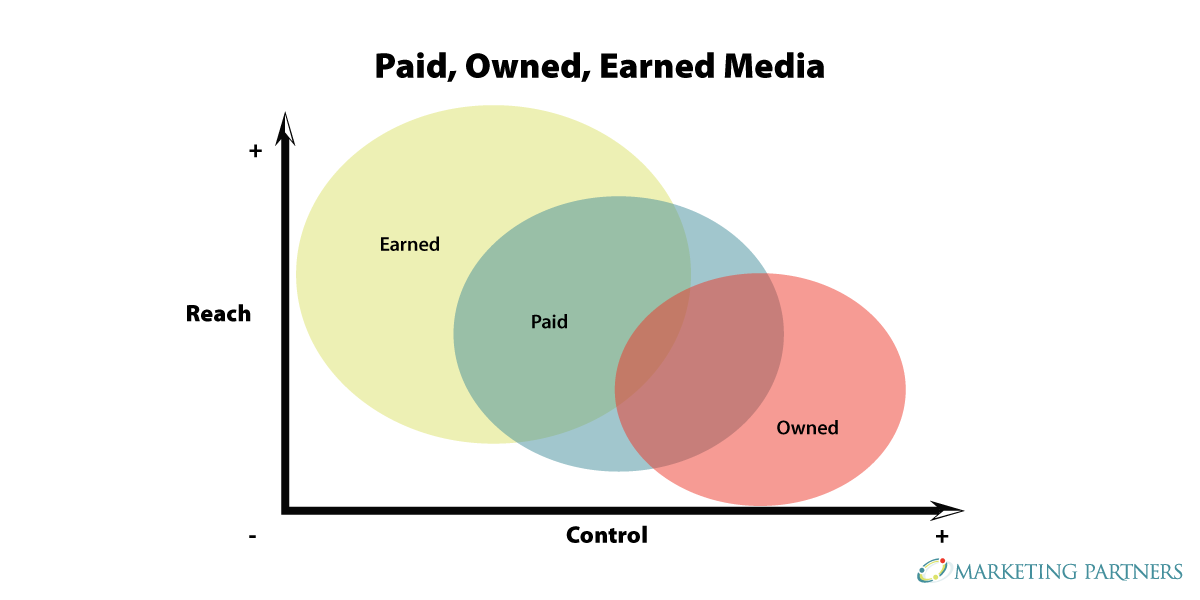How to Use Your Core Values to Inspire, Retain, and Energize Your Team
For the last few decades, but especially so in recent years, people are seeking out more than just an income from their place of employment. More...

Maintaining a successful social media presence can be a daunting task – creating content and making posts with enough consistency to build a loyal audience while trying to keep up with the revolving door of new platforms, trends, and more is intimidating. Fortunately, there is a long-standing “golden rule” of social media strategy that can help you achieve a balanced, consistent, and successful social media presence.
At this point, many of us can tell when a brand isn’t using their social media correctly. Some only post their products and sound like pushy salesman. Some only share external resources and don’t mention their own services, leaving you confused about what they do. Some just simply don’t post anything and only engage with others, making their profiles seem empty and inactive even when they’re not.
The Rule of Thirds can help to keep you from falling into some of those same traps. It’s all about maintaining a balance of content on your accounts, 1/3 promoting your own products or services, 1/3 interacting with influentials in your industry or your followers, 1/3 sharing news and tips from your industry that you believe your followers would benefit from..jpg?width=400&height=400&name=MPI_RuleOfThirds-VennDiagram-8-8-24%20(1).jpg)
It sounds simple, because that’s exactly how it should be. Ultimately, social media boils down to communication, and the best face-to-face communication is done with two-way understanding in mind. Social media is no different.
It’s important that you balance your social media posts just as you would your face-to-face conversations with a friend. Endorse things that others have done, show that you’re involved in relevant news, and limit how much you talk about yourself.
First and perhaps foremost in your mind: Promotion. This is often where an organization’s social media attention focuses, as it’s easiest to talk about what you know best — your own goods and services. When giving a speech, it’s not uncommon to include a personal anecdote to amplify the message.
The speech loses value, however, when the anecdote becomes the bulk of the message. What was originally meant to supplement the main idea has now become the focus, and this is where many accounts exert most of their social media efforts.
Consider the example that we can all unfortunately relate to - meeting someone who only wants to talk about themselves. When someone limits the topic of conversation to the individual, there isn’t any real conversing. So, even though it’s the easiest thing to write about, challenge yourself to put a limit on how much you talk about your own business or nonprofit.
It’s in the name -- ‘social’ media. It exists to become a platform where people can interact and share experiences with each other. Conversing with your public could be as simple as liking an influencer’s post, retweeting or sharing someone else’s message, or mentioning a follower when you post a question to start a conversation in your community.
Ignoring the conversational aspect of social media is similar to a speech-giver skipping the Q&A section of the seminar. Without creating an environment to listen to the audience, you’re sending an “I don’t care for your input” type of message, and that could bring a swift end to any community building.
Just as conversations show interest in other people, sharing relevant content shows interest in your industry, something greater than your brand. Any nonprofit, business -- you name it, is part of a whole. Using content that revolves around organizations like your own shows a greater comprehension of the industry.
It’s also a good way to share more about what you do as a nonprofit or business without directly talking about yourselves, which would otherwise take away from the validity of your social media messaging.
Don’t be afraid to mix in content that shows your brands personality in what you share. Connecting with your audience on a personal level with shared interests can elevate how they perceive your brand. But remember to make sure that anything you share aligns with your brand voice.
As nonprofits are socially driven enterprises, it’s essential that their social media posts don’t exclusively talk about themselves and their achievements. Only using the ‘promote’ section of the rule of thirds would spell disaster for nonprofits, as it would express self-absorption and inauthenticity – the antithesis of advocacy for public good and a successful social media presence.
The bottom-line for creating social media communities that will thrive is all about finding a balance. Aiming for 1/3 promotion, 1/3 conversation, and 1/3 industry information, you can create the most successful brand presence online to your audiences.
Editor's Note: This post was originally written in February 2016 by James Randolph, who was a senior at Champlain College majoring in Public Relations, with a specialization in marketing. He's learned a smile is a universal language, whether at home in Connecticut, in Vermont, or in Madrid, Spain.
It has been updated for freshness, accuracy, and comprehensiveness.
The Change Conversations blog is where changemakers find inspiration and insights on the power of mission-driven communication to create the change you want to see.
© 2009- to present, Marketing Partners, Inc. Content on the Change Conversations blog is licensed under a Creative Commons Attribution-Noncommercial-NoDerivs 3.0 United States License to share as much as you like. Please attribute to Change Conversations and link to ChangeConversations.
Creative Commons License may not apply to images used within posts and pages on this website. See hover-over or links for attribution associated with each image and licensing information.

For the last few decades, but especially so in recent years, people are seeking out more than just an income from their place of employment. More...

You know nonprofit organizations need websites just as small businesses do, but you may be surprised to learn nonprofit sites can be more complex and...

In today’s rapidly evolving media landscape, understanding where and how your story is told isn’t just strategic—it’s essential. How you communicate...